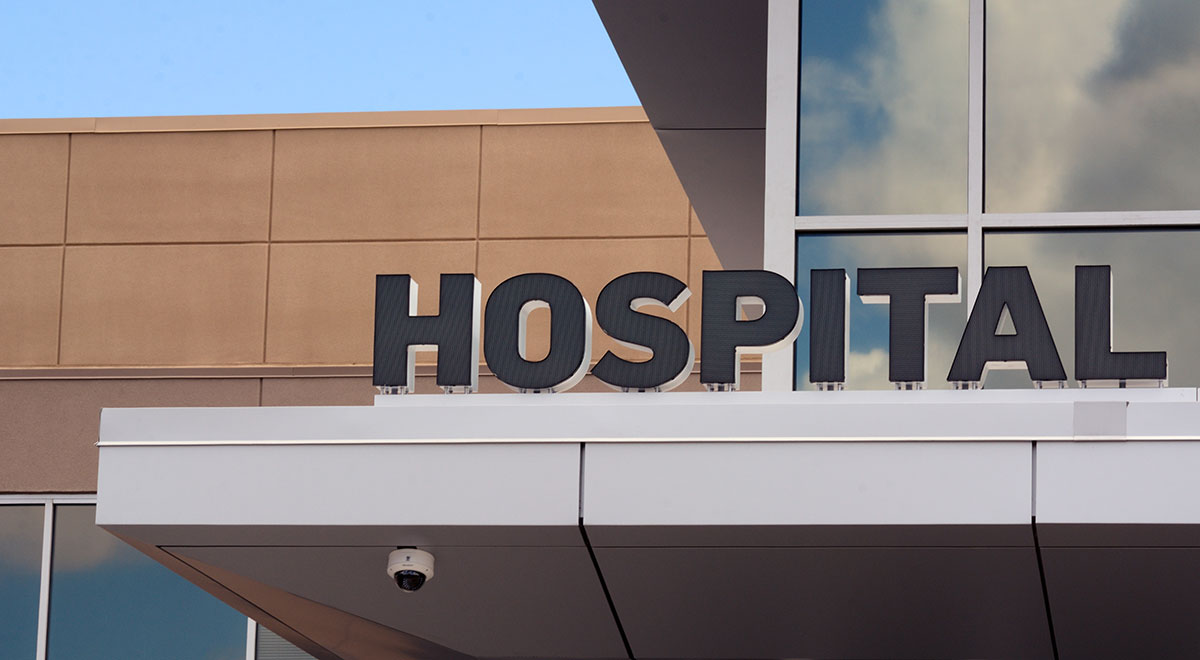As someone who has spent much of my career focused on expanding access to quality healthcare in underserved areas, I have seen firsthand how rural communities often face unique challenges. From hospital closures to provider shortages, the gap in care continues to grow. Yet, innovation often rises in times of need, and one of the most promising developments I see today is the emergence of micro-hospitals.
Micro-hospitals represent a new model of care designed to bring essential medical services closer to people who live far from large healthcare systems. They are not meant to replace full-service hospitals but to fill the critical gaps in accessibility, cost efficiency, and community trust. I believe this model holds enormous potential to redefine how we deliver care in rural regions across America.
What Are Micro-Hospitals?
Micro-hospitals are small-scale inpatient facilities, usually with 8 to 15 beds, that provide many of the same services as traditional hospitals but on a more focused scale. They typically include emergency departments, imaging services, lab testing, and limited inpatient care. The goal is to offer the most essential services locally while connecting patients to larger hospitals for more complex needs.
Unlike urgent care clinics, micro-hospitals can handle more serious emergencies and provide short-term inpatient stays. They bridge the gap between primary care and major hospitals, ensuring that rural patients can receive immediate attention when time and proximity matter most.
Why Rural Communities Need Micro-Hospitals
For many rural families, accessing care can be a matter of distance and timing. When the nearest full-service hospital is 50 miles away, even a minor emergency can become life-threatening. Long travel times, lack of transportation, and limited local options discourage people from seeking care until conditions worsen.
Micro-hospitals address this problem by bringing care closer to home. They reduce emergency response times, prevent unnecessary hospitalizations, and help communities retain local healthcare jobs. They also provide a sense of stability and reassurance, knowing that care is available nearby when it’s needed most.
Cost Efficiency and Sustainability
One of the reasons micro-hospitals are gaining attention is their financial sustainability. Building and maintaining a full-scale hospital can cost hundreds of millions of dollars, which is not realistic for many rural regions with small populations. Micro-hospitals, on the other hand, can be built for a fraction of the cost and tailored to meet the specific needs of each community.
These facilities are often supported by partnerships between healthcare systems, local governments, and private investors. They operate efficiently with smaller staffs, relying heavily on technology, telehealth, and cross-trained medical professionals. This combination allows them to provide high-quality care without the financial burden that often forces rural hospitals to close.
Integrating Technology into the Model
Technology plays a major role in the success of micro-hospitals. Through telemedicine, patients can consult with specialists hundreds of miles away without leaving their local facility. Advanced diagnostic tools and cloud-based medical records make it easier to coordinate care between micro-hospitals and larger institutions.
This integration also allows micro-hospitals to operate with smaller teams while maintaining access to a broad network of expertise. By combining in-person care with virtual resources, these facilities extend the reach of rural healthcare systems in ways that were impossible a decade ago.
Supporting the Local Healthcare Workforce
Rural communities often struggle to attract and retain healthcare providers. Micro-hospitals offer an appealing alternative for professionals who want to serve smaller communities without the isolation or workload associated with being the only provider in town.
These facilities create opportunities for nurses, advanced practice providers, and physicians to work collaboratively in a supportive environment. They also encourage training partnerships with local schools and universities, helping to build a sustainable pipeline of talent. By investing in workforce development, micro-hospitals strengthen the foundation of rural healthcare for years to come.
Building Community Trust
Trust is the cornerstone of healthcare, and micro-hospitals help rebuild that trust by being visible and accessible. When patients can see a facility in their community and interact with providers who understand their local challenges, relationships form naturally.
Micro-hospitals also encourage community involvement. From local hiring to partnerships with emergency services and public health departments, they become a hub of wellness activity. This visibility creates a sense of shared responsibility and pride in maintaining the health of the community.
The Challenges Ahead
While micro-hospitals hold great promise, they are not a one-size-fits-all solution. They require careful planning, financial stability, and strong community engagement to succeed. Staffing shortages, regulatory barriers, and reimbursement limitations can make implementation difficult.
However, I believe that with innovation, collaboration, and policy support, these challenges can be overcome. The key is to design micro-hospitals around the specific needs of the populations they serve rather than forcing a standardized model. Each community is unique, and their healthcare systems should reflect that individuality.
A Vision for the Future
The healthcare landscape is changing rapidly, and rural communities cannot be left behind. Micro-hospitals represent a bold and practical step toward ensuring that everyone, regardless of where they live, has access to timely and high-quality care.
In my own work, I have seen how access transforms lives. When care is within reach, patients are more likely to seek help early, follow treatment plans, and engage in preventive care. Micro-hospitals embody that principle by meeting people where they are and responding to their needs with agility and compassion.
The future of healthcare delivery will depend on our ability to innovate without losing sight of what matters most—our communities. Micro-hospitals may be small in size, but their impact on rural health could be enormous.


